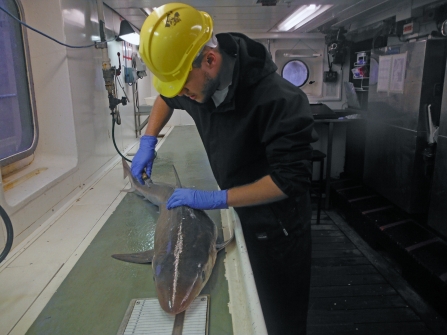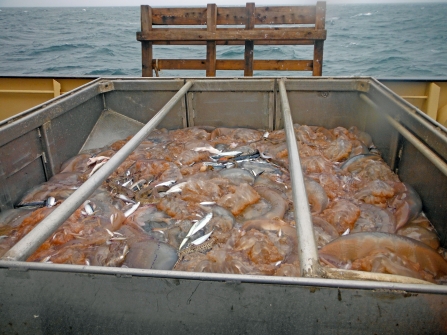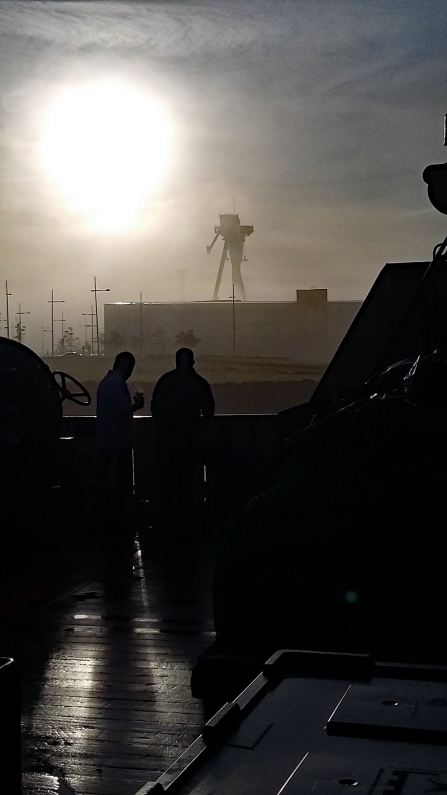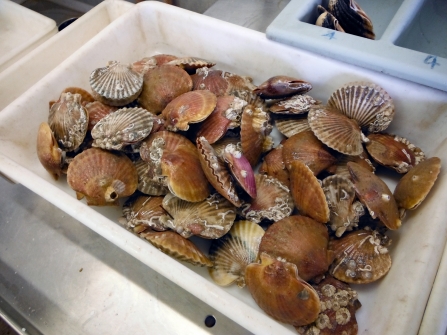Like Claire the previous week, I joined scientists from AFBI aboard the institute’s research vessel 'Corystes' for the October Groundfish survey. Eager followers of the LivingSeas Blog will know that Claire was aboard for the first leg of the survey and we would be swapping places for the second leg.
In the days leading up to my departure, I had only a vague idea of when (and even where!) I was going to be heading out. “It’ll be a day either side of October the 11th, possibly two. And it might be in Dublin. Or maybe Belfast. Probably Dublin” I was told.
The 11th was a Wednesday and since I hadn’t heard anything at the weekend, I decided to pack on Monday evening after work. This was a good plan because I got a text from Claire on Monday morning; “We’re docking this afternoon in Dublin – you need to be on the boat tomorrow evening at the latest. Bring good waterproofs and I hope you don’t mind getting stinky because you’ll be handling A LOT of fish. Enjoy!”





